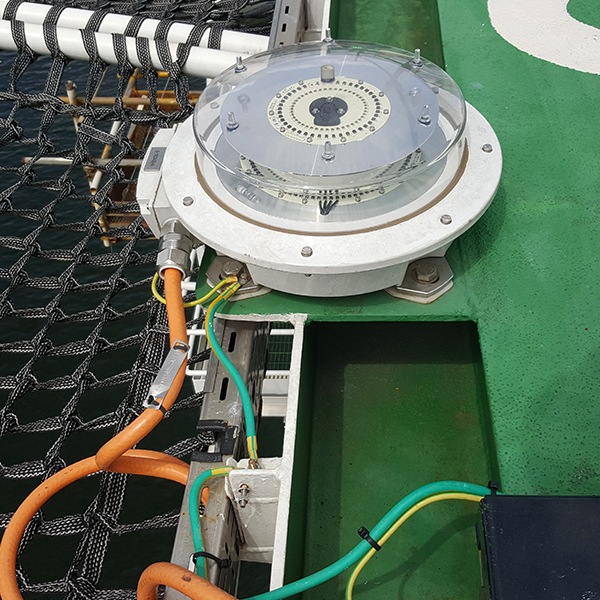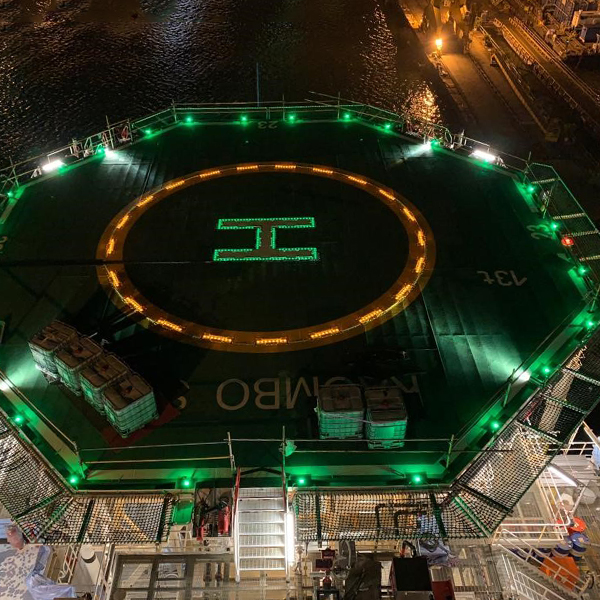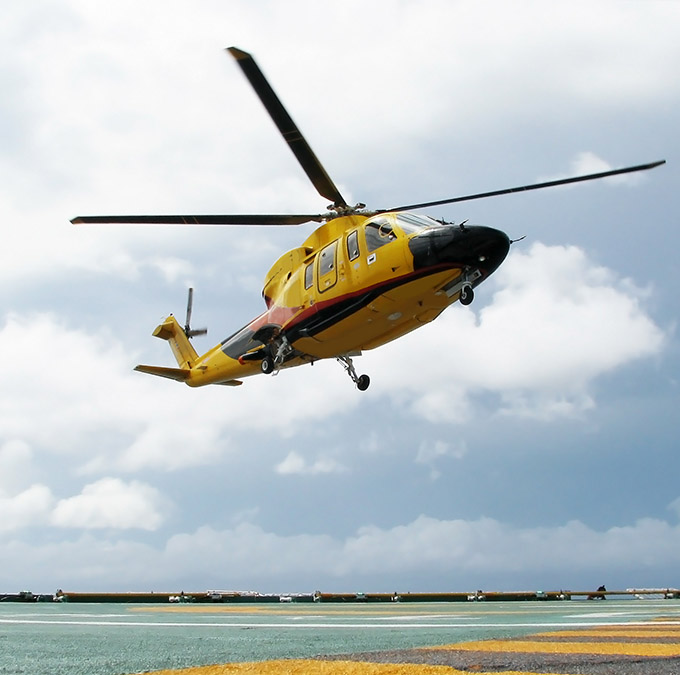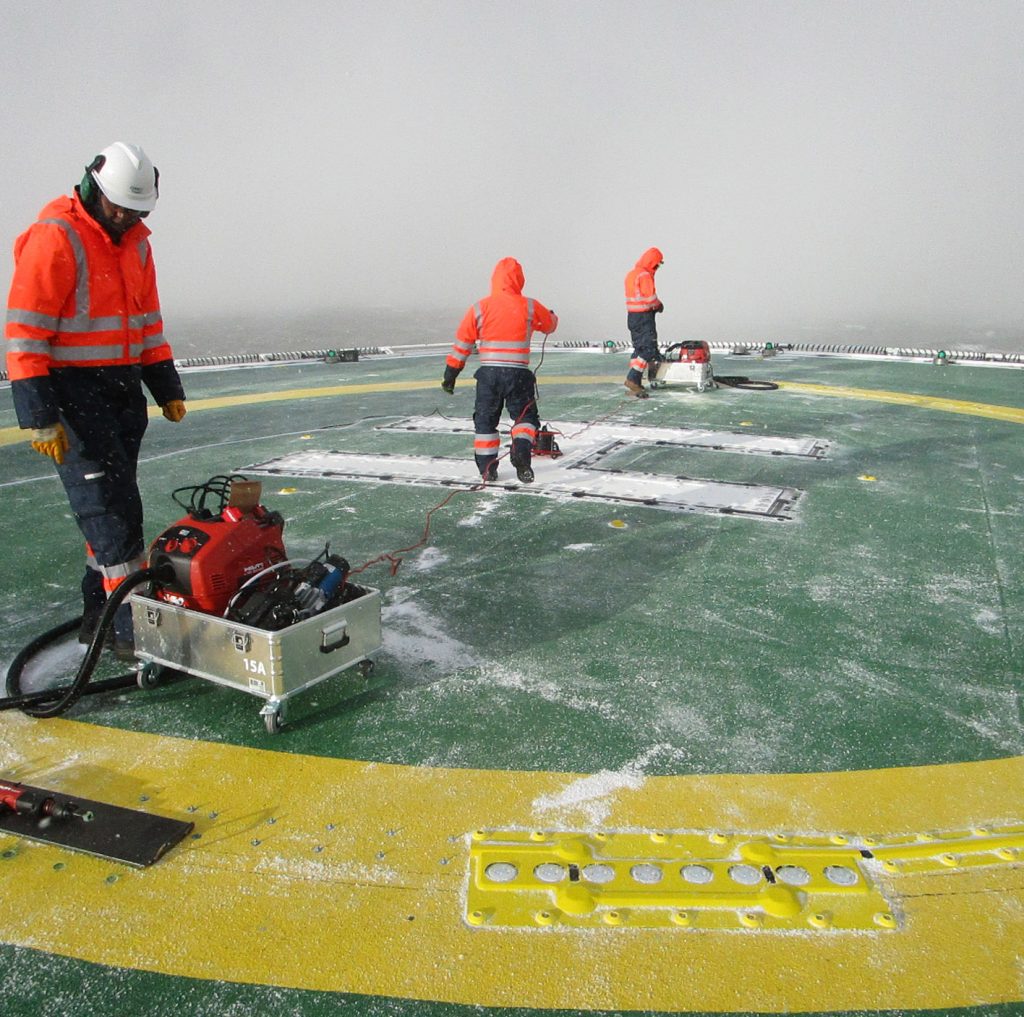Status light system
Helicopter pilots flying to offshore assets encounter all sorts of landing areas and landing situations. Offshore landings are performed on small decks and often in potentially gas-hazardous areas. Thanks to a lot of research and innovative technologies, these unusual circumstances have become safe and manageable. They make sure your team can fly to and from offshore assets in a safe and efficient manner.
“Getting your crew safely to and from offshore assets can be challenging.”
What does the status light system do?
One of the flight fail-safe mechanisms, is the status light system. The status light system is prescribed in almost every regulation because it gives helicopter pilots essential information about the helideck. It tells the helicopter pilot if the situation is safe to perform a touch-down or take-off. If the status light is off, the pilot can proceed to land. If the status light is flashing, the pilot should abort the landing or take-off, because of an unsafe situation on the helideck.
Overview of our status light productsBenefits status light system

Compact solutions
Because space on your asset is limited and valuable, we focus the design of our solutions on being as compact as possible.

Maximum safety
Effective and reliable visual cues for the pilot when hazardous situation occur during landing or take-off.

Energy & space efficient
Proven digital technology makes the system energy and space efficient.

Automatic & manual activation
Both automatic control via the platforms gas-detection system and manual override are possible to activate the lights.

Regulatory requirements
This system is designed to meet both your specific requirements and the international IALA recommendations and is zone 1 certified for the use in a gas hazardous area.
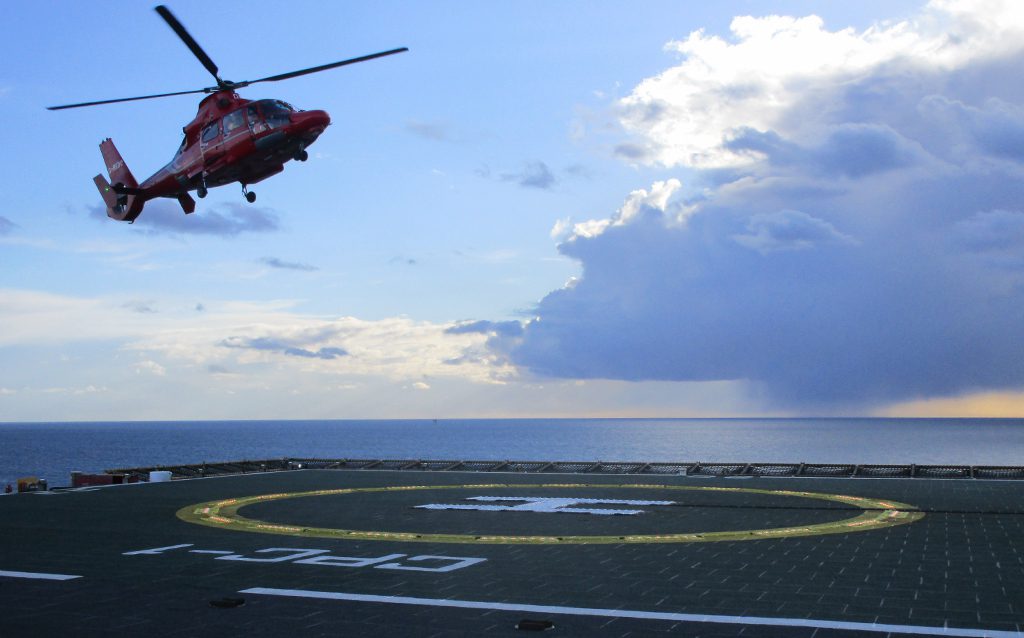
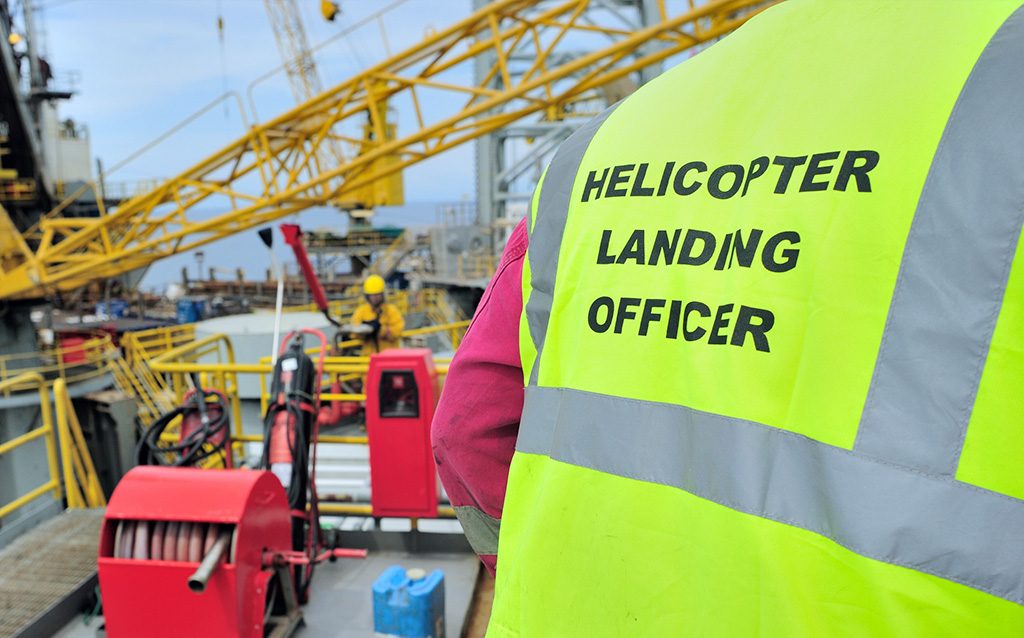
About the Status light system
An unsafe situation on the helideck, that would cause the status light to flash, can have many causes.
- There can be a gas-hazard. In this case the gas detector sends a signal to the status-light system which will cause the lights to flash and indicate an unsafe situation.
- There can be an obstacle blocking the helideck. In this case the HLO will activate the status light, to indicate that the helideck is in an unsafe condition to perform landings or take-offs.
- There can be a specific situation on the offshore platform – for example a fire – which makes it unsafe to enter the offshore platform.
The set-up of the status light system
Status lights must be clearly visible for the helicopter pilot from all angles of approach. That is why a main status lights – and in some cases two status lights – should be strategically positioned on the perimeter of the helideck. This ensures the status light, or status lights, are clearly visible for the pilot, when approaching the helideck.
If only one main status light is used then to inform the pilot about the situation on the platform during take-off, repeater (pilot) lights are used. They provide the same information, but are positioned on either side of the forward edge of the helideck. This ensures that they are clearly visible for the pilot when preparing for take-off. The reduced light intensity of the repeater lights means that the pilot can safely take-off, in the event of an alarm, without being affected by the lights.
Control and monitoring of the Status light system
The status lights are connected to a control system, that is placed in an EX or Safe-Area enclosure. The control system is tied into the asset fire and gas alarm system and are activated whenever there is an alarm triggered. The lights can also be activated manually. To be able to control the status lights from multiple locations, we offer remote control panels that can be placed anywhere on the platform. The Orga status light system is controlled by proven digital technology, which makes the system energy and space efficient, and easy to control and monitor.
Contact us
